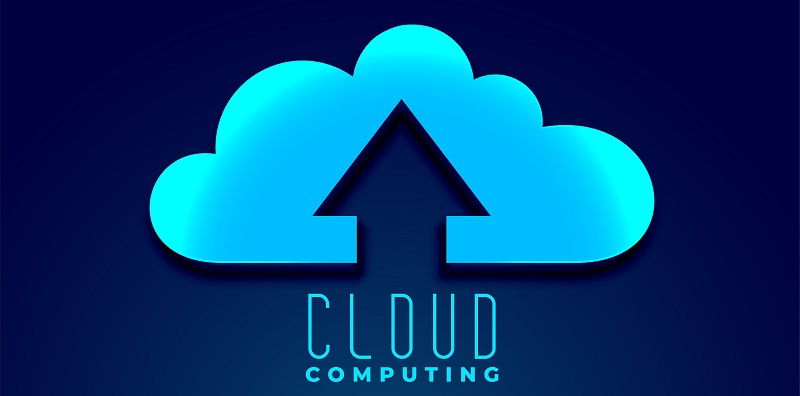Cloud computing has become an integral part of the digital landscape, revolutionizing the way businesses store, access, and manage data. However, there is an ongoing debate regarding the classification of cloud computing as critical infrastructure. While some argue for this designation, claiming that it would enhance security measures, others contend that the ever-evolving nature of the cloud and its impact on various sectors pose significant challenges. This article delves into the complexities surrounding this issue, exploring the definitional challenges, the evolving nature of cloud technology, the emergence of edge computing, and the necessity for clarifying responsibilities in contracts between cloud service providers and users.
The Definitional Challenge of Cloud Infrastructure
Defining cloud infrastructure presents a significant challenge due to its constantly changing and expanding nature. The cloud is not a static technology; it evolves and adapts to emerging trends, making it difficult to establish clear parameters for classification as critical infrastructure. This challenge must be addressed before any decision can be made regarding its designation.
The Evolution of Cloud Technology
The cloud is a dynamic technology that continually evolves and innovates. New advancements and functionalities are regularly introduced, transforming the capabilities and applications of cloud computing. It is imperative to recognize this dynamic nature when considering whether to classify the cloud as critical infrastructure.
The Emergence of “Edge Computing”
A notable trend in cloud computing is the concept of moving from the cloud “to the edge.” This approach involves performing computing and data analytic processes closer to the source of data, enhancing real-time decision-making. The emergence of edge computing further complicates the definition of cloud infrastructure and challenges the traditional understanding of its boundaries.
Questioning the Value of Critical Infrastructure Designation for the Cloud
Defining the types of entities to include in an ever-evolving cloud sector is a daunting task. Additionally, it is crucial to question whether designating the cloud as critical infrastructure truly enhances protections. The complexities and agility of cloud technology raise concerns about the effectiveness of such a designation and its ability to adapt to rapidly changing cybersecurity threats.
Cybersecurity Benefits of Cloud Migration
Contrary to popular belief, for many organizations, particularly small and medium-sized ones, migrating to the cloud can improve cybersecurity measures. Cloud providers often employ advanced security practices that surpass what can be achieved through in-house processes. This shift to the cloud enables organizations to leverage robust security measures and focus on their core competencies.
Types of Cloud Security Concerns
Security concerns within the cloud predominantly fall into two categories: access and data loss/misuse. Unauthorized access to cloud resources and breaches that compromise data integrity are key concerns that must be effectively mitigated. These challenges necessitate collaborative efforts between cloud service providers and users to establish robust security protocols.
Need for Clarifying Responsibilities in Contracts
To address security concerns, it is crucial to clarify the division of responsibilities and the contractual terms between cloud service providers and users. Both parties must understand their respective roles in safeguarding data and mitigating potential risks. Establishing clear expectations and guidelines fosters greater transparency and trust.
Recognizing Cloud as a Tool for Critical Infrastructure
Designating cloud computing as critical infrastructure in isolation fails to recognize its value as a crucial tool for existing critical infrastructure entities. A more effective approach lies in acknowledging the cloud’s role in supporting and enhancing existing critical infrastructure while ensuring shared levels of responsibility between providers and users.
Government Guidance for Using the Cloud Securely
Rather than solely focusing on designating the cloud as critical infrastructure, governments should provide guidance to existing critical infrastructure entities on securely utilizing the cloud. Collaborating with cloud service providers helps establish comprehensive security frameworks and creates a symbiotic relationship that strengthens overall cybersecurity measures.
The complexity surrounding the designation of cloud computing as critical infrastructure necessitates careful consideration. The dynamic and evolving nature of the cloud, along with its potential for enhancing cybersecurity, challenges the traditional understanding of critical infrastructure. The key lies in recognizing the cloud’s function as a valuable tool for existing critical infrastructure entities and establishing shared responsibilities. Governments must focus on guiding critical infrastructure entities in securely utilizing the cloud and fostering collaboration with cloud providers. By addressing these complexities, we can maximize the benefits of cloud computing while ensuring robust cybersecurity measures for critical infrastructure.

